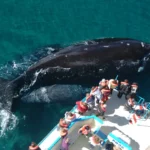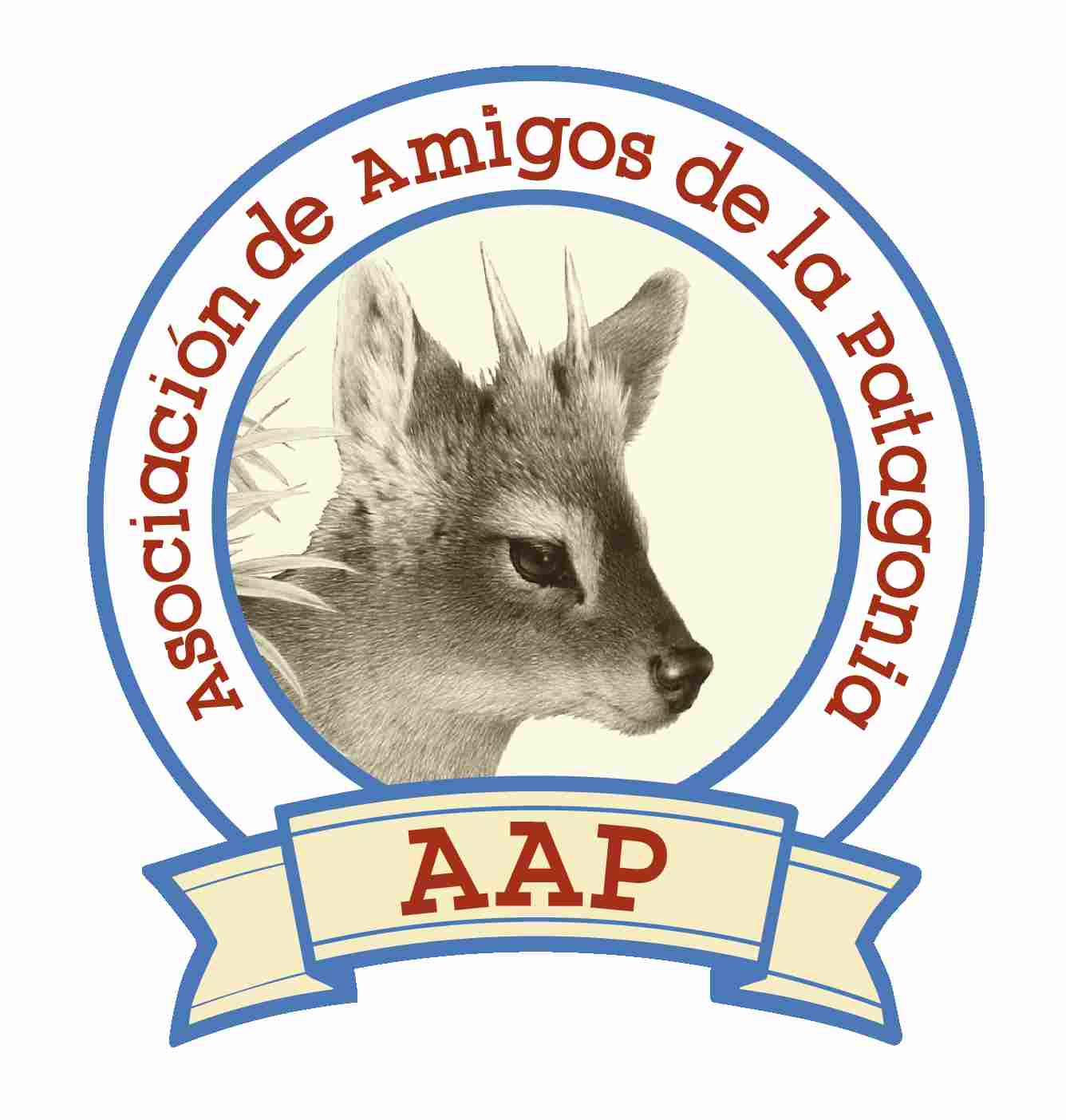
The Hooded Grebe (Podiceps gallardoi – picture by Francisco Gonzalez Taboas ), known locally as Macá Tobiano, is one of the most critically endangered birds in South America. Endemic to Argentina’s windswept plateaus, this elegant waterbird is not only striking in appearance but also highly specialized in its habitat. Its discovery as recently as 1974 makes it one of the most fascinating and enigmatic birds in the country.
Where to See It
This grebe is restricted to a very small range in Santa Cruz province, Argentine Patagonia. Key locations include:
- Meseta del Strobel (also known as the Lago Buenos Aires Plateau)
- Lago Strobel and surrounding basaltic lakes
- Lagunas near Parque Nacional Patagonia
- Occasionally, in coastal estuaries during winter migration, such as the Río Gallegos estuary
These birds depend on remote, high-altitude lakes—typically over 900 meters above sea level—with crystal-clear waters and specific aquatic vegetation. And are also not easy to spot.
Physical Characteristics
This small grebe stands out for its beauty:
- Size: ~32 cm (12.5 in) long
- Coloration: Striking black “hood” covering the head and neck
- Body: White with gray back and flanks
- Eyes: Vivid red
- Courtship: Elaborate, synchronized dancing rituals with mates
Its elegant appearance and intricate behavior make it a favorite among birdwatchers—though spotting one in the wild takes effort and luck.
Behavior and Diet
- Feeding: Dives to feed on aquatic insects and small invertebrates
- Territorial during breeding: They nest in solitary pairs or small colonies
- Migratory pattern: Breeds in the highlands and migrates in winter to lower elevations
Their nesting success depends on stable water levels and absence of predators.
Reproduction and Lifespan
- Breeding season: November to March
- Nests: Built on floating vegetation mats
- Clutch size: 1–2 eggs
- Chicks: Precocial and ride on the backs of parents shortly after hatching
Main threats:
- Introduced predators such as American mink and kelp gulls
- Hydrological changes affecting lake levels
- Climate change impacting breeding timing and habitat stability
- Low reproductive success in the wild
Due to its small population (under 800 mature individuals), even minor environmental changes can be catastrophic.
Conservation Efforts
The Macá Tobiano is a flagship species for Patagonian conservation. Organizations like Aves Argentinas and The Patagonia National Park are heavily involved in:
- Predator control programs
- Habitat monitoring and protection
- Captive breeding and reintroduction trials
- Ranger patrols and local education
The creation of Parque Patagonia Argentina and nearby private reserves aims to protect key breeding lakes.
Best Way to Spot It
For determined birders, some of the best chances could be:
- Visiting Laguna Los Escarchados or Laguna El Sello, with local guides
- Traveling in late spring and summer, when the birds are nesting
- Joining conservation tours or expeditions focused on Andean steppe lakes
Note: Due to its delicate status, tourism is tightly managed and sightings are limited to minimize disturbance.
Tours in Argentina and Chile
The Hooded Grebe is more than just a beautiful bird—it’s a symbol of conservation in Patagonia. Protecting it means preserving the highland wetlands that sustain countless other species. For those who seek it out, seeing a Macá Tobiano glide across a remote Patagonian lake is a moment of pure wilderness magic.
We’re a local tour operator based in Buenos Aires, which offers custom tours in Patagonia and other regions of Argentina and Chile. We invite you to contact us, and start planning your next incredible journey to South America!
Get inspired by some of our travel ideas, listed below:
Puma Tracking Tour and Orca Watching
Mision Province & Ibera Wetlands
Orca Whale Watching in Patagonia Argentina
Iguazu Falls, Peninsula Valdes and the Wetlands
Where to see Penguins in Patagonia
Peninsula Valdes: Wildlife Tour
0












